12 Top-Rated Tourist Attractions in Akko (Acre)
Steeped in medieval Crusader history, Akko is an atmospheric old town surrounded by lofty fortifications. Much of its picturesque stone architecture has been preserved making this one of the most interesting towns to explore in the country. With a caboodle of khans (caravanserais), fortifications, and Crusader buildings packed amid the narrow alleyways, history-fiends will be in heaven.
1 Fortifications
Akko's incredible surviving walls, which wrap around the Old City, are the town's most distinctive feature. For panoramic skyline views across Akko, walking along these ancient defensive barriers can't be beaten. The fortifications were given their present form by Ahmed el-Jazzar in the 18th century. From Weizmann Street you can climb up onto the ramparts and walk to the northeast corner, dominated by the massive tower known as the Burj el-Kummander. It stands on the foundations of the 'Accursed Tower' from which Richard the Lionheart hauled down the Duke of Austria's banner in 1191. A little further south from here, sited in the walls, is the Treasures in the Wall Museum, which has an ethnographic collection of artefacts from early Zionist settlers in the area. If you head back east along the wall, towards the sea, you come to the Burg Kurajim (Tower of the Vine). This Ottoman bulwark, built to defend the town against sea attacks, is built on foundations dating from the Crusader period.
Location: Weizmann Street
2 Ahmed El-Jazzar Mosque
Occupying the site of the Crusader cathedral, the Ahmed el-Jazzar Mosque was built in 1781 on the model of an Ottoman domed mosque. The courtyard is entered by a flight of steps, on the right of which is a small rococo-style kiosk. Surrounding the arcaded courtyard are rooms, which once provided accommodation for pilgrims and Islamic scholars. On the east side of the arcaded gallery, steps lead down to a cistern dating from the Crusader era, which provided a water supply for Akko's population when the town was under siege. A small plain domed building to the right of the prayer hall entrance contains the mausoleum of Ahmed el-Jazzar, who died in 1804, and of his successor Sulieman Pasha. The mosque itself, with its tall slender minaret, is a fine example of Turkish rococo architecture with a mammoth interior decorated in ornate blue, brown, and white.
Location: El-Jazzar Street
3 Citadel
The grand bulk of Ahmed el-Jazzar's 18th-century citadel sits just inside the Old City walls.
During the British Mandate period, it was used as a prison and today, houses the Museum of Underground Prisoners. This museum commemorates the Jewish fighters who were imprisoned or executed here by the British authorities with a collection of photographs and documents from that time.
Location: El-Jazzar Street
4 Crusader City
Underneath Ahmed el-Jazzar's citadel is the Crusader City historic site, a fascinating series of gothic vaulted halls, which were once headquarters for the Crusader armies. The Knights Hall and the Dining Hall here are grand examples of Crusader architecture. There is also a series of narrow subterranean tunnels to explore (not recommended for claustrophobics) and a crypt.
Location: Citadel
5 Khan al-Ummdan
The Khan al-Ummdan (Khan of the Columns) gained its name because of the granite and porphyry columns which Ahmed el-Jazzar brought fromCaesarea to build this khan. Built on the site of the Crusader's Dominican monastery, the khan provided traveling merchants with accommodation while trading in the city. Set around a large rectangular courtyard, the ground floor rooms would have been used for storage and stables, while the upstairs would have been sleeping quarters for the merchants. Over the north entrance is the clock tower commemorating Sultan Abdul Hamid's jubilee in 1906.
Location: Salah Bazri Street
6 Crusader Tunnel
If you're not claustrophobic, this eerie Crusader Tunnel is one of Akko's most intriguing tourist attractions. It was discovered in 1994 by a local plumber. The subterranean passage would have originally connected the harbor with a Templar palace, providing a secret escape route to the sea in case of attack. Today, it runs from HaHaganah Street to the Khan al-Ummdan and provides a fascinating glimpse into Crusader architecture.
Location: HaHaganah Street
7 St. John's Church
By far Akko's most picturesque church, St. John's Church was built in 1737 and occupies the site of a 12th-century Crusader church dedicated to St Andrew. The juxtaposition of its white walls and red bell tower surrounded by the crumbling stone walls makes one of Akko's prettiest scenes for photographers.
Location: Salah Bazri Street
8 Akko Harbour
Now home to local fishing boats and yachts, Akko harbour was a busy and important port from the classical age until the medieval period. During the Crusader era, it could sometimes be occupied by as many as eighty ships. The original port has now silted up, and all that is left is this small tranquil fishing harbor. From here, you can hop on a tourist boat to get excellent views of Akko Old City from the sea.
9 Hammam al-Pasha Museum
This old hammam (Turkish Bath) is now home to an interesting museumwith exhibits on the history and culture of the Turkish bath experience. The hammam dates from the 18th century and was a working Turkish bath right up until the 1940s.
Location: El-Jazzar Street
10 Old Town Souk
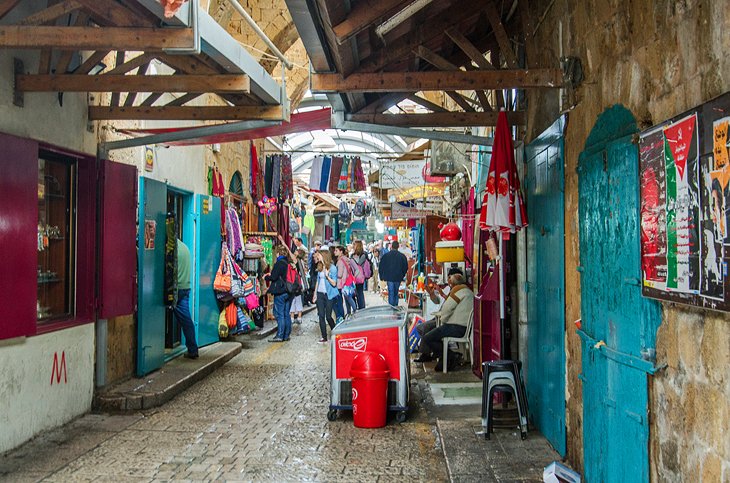
Akko's souk (market place) is right in the center of the Old City and is a fun and vibrant bazaar full of fresh produce, cheap eats, buckets of spice, and souvenirs. If you're looking for an original gift to bring home, it's a great place to browse for textiles and bric-a-brac.
11 Bahje Baha'i Centre
The beautiful gardens of Bahji contain the shrine of Bahu Ullah, founder of the Baha'i faith. He was exiled to Akko in 1868 and spent the last years of his life in the red-roofed house in the gardens. Just like the Baha'i Gardens of Haifa, the gardens here are a spectacular sight and an amazingly tranquil place for an afternoon wander.
Location: 3 km north of Akko
12 Lohamei Hageta'ot
The kibbutz of Lohamei Hageta'ot was founded in 1949 by Polish and Lithuanian Jews who had spent WWII fighting the Nazis. It is home to a moving museum dedicated to the Jewish resistance and the Holocaust. On the ground floor are displays illustrating the history of Vilnius, the "Jerusalem of Lithuania", and the town's Jewish community from 1551 to 1940. There is material on the early days of the socialist and Zionist movement at the end of the 19th century, and objects illustrating the everyday life of Polish Jews as well as an exhibit of some 2,000 drawings and paintings by concentration camp prisoners, including portraits of inmates.
History
The history of Akko goes back to the Canaanite period. It was originally situated on Tell el- Fukhtar (2 km east, near the stadium), on which excavations were carried out from 1973 onwards by an international team of archaeologists. Under Hellenistic and Persian occupation levels, remains of a Canaanite settlement were revealed, which the most recent findings suggest may have been occupied as early as 3,000 BC. The town was conquered by Pharaohs Tuthmosis III and Ramses II, who recognized the strategic importance of its site.
From 532 BC to the Greek conquest in 332 BC, Akko was Persian. In 219 BC, it passed into the hands of the Seleucids, rulers of Syria, but was able to maintain its independence as a city-state. Herod the Great received Octavian, the future Emperor Augustus, here and later built a gymnasium in the town. In AD 67, Vespasian used Akko, along with Caesarea, as a base for his campaign in Palestine. The town also prospered in Byzantine times and, from the 7th century under the Omayyads, when it was the port for the Ommayad capital of Damascus.
The Crusaders were unable to take the town until 1104, five years after their conquest of Jerusalem. They renamed it St. Jean d'Acre and it became the headquarters of the Knights of St. John. The Italian cities of Genoa, Pisa, and Venice established trading posts in the town, and it developed into a busy and flourishing port town. In 1187, the Crusaders were compelled to surrender the town to Saladin, but it was recovered in 1191 by Richard Coeur de Lion.
After the loss of Jerusalem in 1187, Acre became capital of the Crusader kingdom, with a population estimated at 50,000. In 1219, St. Francis of Assisi visited the town and established a nunnery. In 1228, the Emperor Frederick II landed here during his Crusade, as did Louis IX of France, in 1250, after his unsuccessful campaign against Damietta. Soon afterwards, there was a bitter conflict, almost amounting to civil war, between the two religious orders, the Knights Hospitallers of St. John and the Templars. In 1290, the Crusaders slaughtered large numbers of Muslims. When the Mameluke Sultan El-Ashraf Khalil captured the town in the following year, he took his revenge, and the Crusader kingdom came to a bloody end after an existence of just under 200 years.
After the destruction of the town, it remained uninhabited for more than 200 years, until its rebuilding by the Druze emir Fakhr ed-Din in the 17th century. Around 1750, it was enlarged by Daher el-Amr, and this process was continued by his murderer and successor Ahmed el-Jazzar (the "Butcher"), a native of Bosnia, who ruled as Pasha from 1775 to 1805. In 1799, with British help, he withstood a siege of the town by Napoleon. From 1833 to 1840, Akko was held by Ibrahim Pasha, who defeated the Turks in Palestine with his Egyptian forces but was compelled by the European powers to withdraw. In the latter part of the 19th century, Akko lost its importance as a port to Beirut and then Haifa. When British forces captured the town from the Turks in 1918, it had a population of 8,000, most of them Arabs. In 1920 and again during the Second World War, the British authorities used the Citadel as a prison for Jewish underground fighters. The town was occupied by Israeli troops on May 17th, 1948.
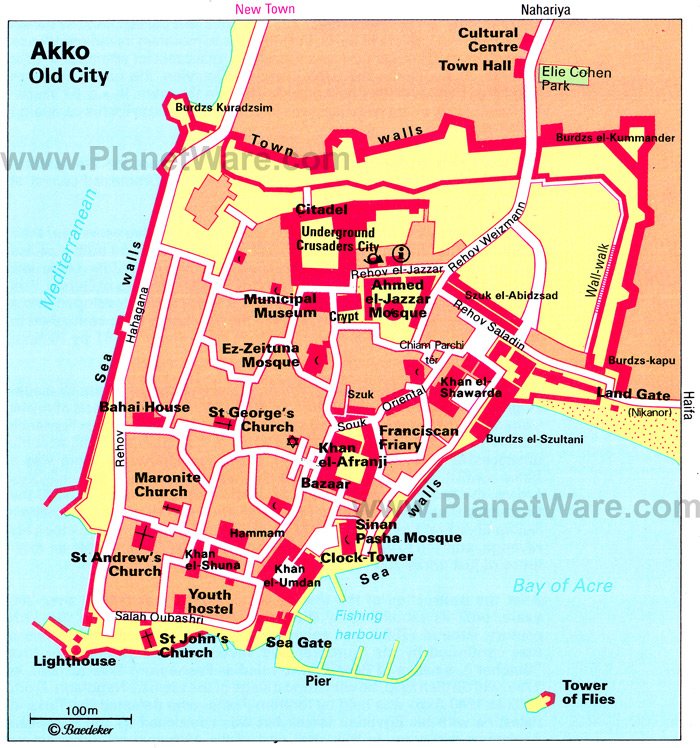 Acre Map - Attractions
Acre Map - Attractions11 Top-Rated Tourist Attractions in Eilat
Eilat is Israel's only Red Sea resort, sitting on their teensy stretch of Red Sea shoreline, squeezed in between Jordan and Egypt. The big draw-card here is the Red Sea's famous diving, and just south of town is the fantastic underwater world of Coral Beach Reserve. If you're more landlubber than diver though, the beaches here are more than enough to keep you happy with plenty of fun-in-the-sun for everyone. Just north of town is the head-spinning, naturally-sculpted world of Timna Park; one of Israel's most beautiful and surreal sights. These strangely-shaped rocks and incredible landscapes are enough to get even the most dedicated sun worshipper off the beach for a day of desert adventure.
1 Underwater Observatory Marine Park
See the underwater world without getting wet. This underwater observatory is a must-do for anyone interested in the fantasia of colour below the sea surface. From the tower observatory, 100 m offshore, you take the stairs down 6 m below the surface to witness the teeming underwater life of the Red Sea. While on the shore there is also an excellent aquarium with hundreds of Red Sea fishes, turtles, and sharks. If you're feeling more adventurous you can also take a glass-bottomed boat trip to see the shoals further afield.
Hours: Daily 8.30am-4pm
Admission: Adult 94NIS, Child 74NIS
Location: Coral Beach
Official site: www.coralworld.co.il
2 Dolphin Reef
If you want to snorkel with dolphins then the aptly named Dolphin Reef is where you head. This private bay runs a variety of tours and trips where you can interact with the group of bottlenose dolphins, which live in the water offshore. There are snorkelling and swimming trips, and if you don't want to go into the sea, there are a number of observation docks on the shore where you can watch the dolphins from dry land.
Hours: Sun-Thu 9am-7pm; Sat-Fri 9am-4.30pm
Admission: Adult 64NIS, Child 44NIS
Location: South Beach
Official site: http://www.dolphinreef.co.il
3 Ice Space
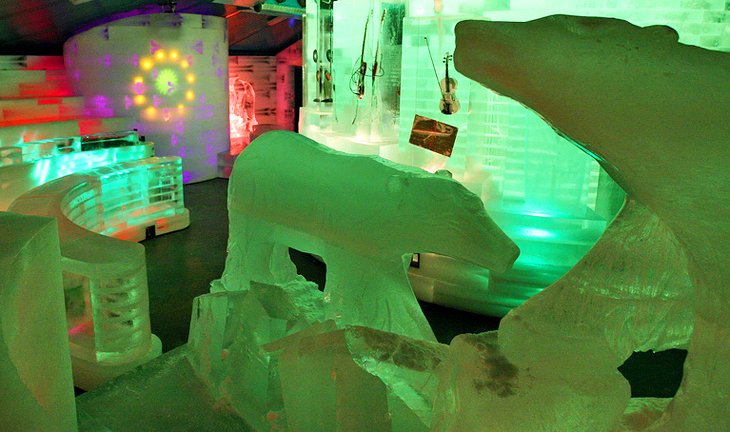
Winning the prize for wackiest tourist attraction in Eilat by a mile, Ice Spacethrows you out of the desert and into the freezing world of the Arctic. Inside, the temperature plummets to a steady -7˚C as you walk between the various ice sculptures on display. No, we don't know what it's got to do with a desert town on the Red Sea coast either, but on a boiling hot summer day it's a blissfully cool treat. Kids will also love it.
Location: North Beach
4 Coral Beach Reserve
Eilat's premier diving and snorkeling site is the protected Coral Beach Reserve with the offshore waters home to a vibrantly colorful world of coral and flitting fish. If you're a diver, a trip here will be the highlight of your Eilat holiday. Even newbie divers are well catered for with Eilat's swag of dive tour agencies all able to cater for first-timers. If you don't fancy plumbing the deep, the reefs right off the shore are shallow enough for you to enjoy the fish life and coral just by snorkeling. Masks and goggles can be rented on the beach.
Location: Coral Beach
5 Bird Watching Centre
In the center of the bird migration routes between Africa and Europe, the Eilat area is great for bird watching. Spring and autumn are the best seasons, and this small Bird Watching Centre, on the road towards the Jordanian border post, is the best place to bring out your binoculars. Inside the reserve, there are trails with hides dotted along the path at the best spots.
Location: 2 km northeast of Eilat
6 Botanical Gardens
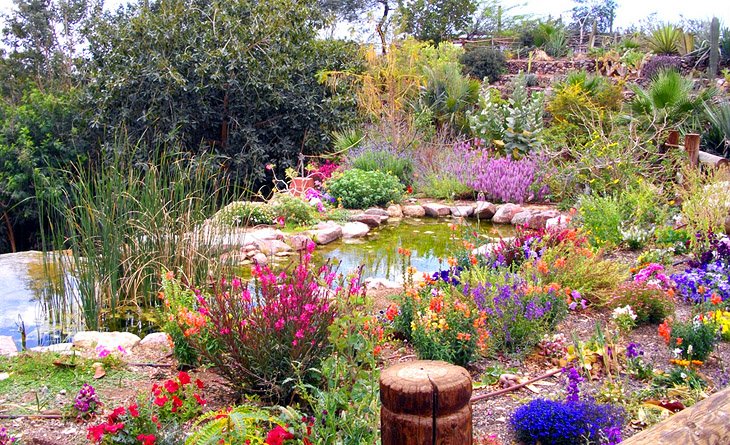
On the hill above Eilat, this botanical garden is a shady spot of lush tropical trees and plants. It's an excellent escape from the scorching sun and the profusion of greenery makes an interesting juxtaposition with the surrounding bare desert escarpment.
Location: Sheshet Hayamim Road
7 King's City Theme Park
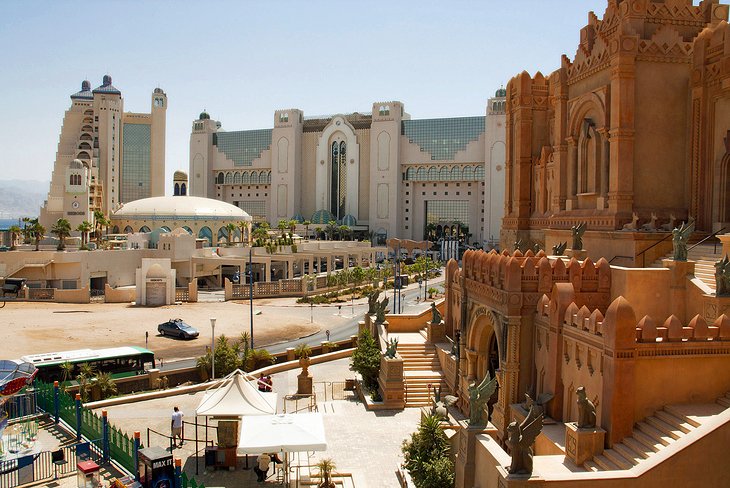
Kids need a break from the beach? No fear. Eilat is home to a theme parkwith a Holy Land twist. Inside, the rides take a historic theme with ancient King Solomon playing a starring role in the major water ride, and the entire caboodle centered round a Middle Eastern-style castle. It makes for a good family day out, particularly if the little ones are getting bored of the sun and sand.
Location: Antibes Road
8 Beaches
Above all else, Eilat is a beach resort and most people come here simply to flop out on the sand. The best beaches hug the coast slightly out of town with family-friendly Coral Beach being the most popular. Palm Beachand Village Beach are more laidback and quiet, though still home to great cafes and restaurants. On all beaches there are sun loungers and sun shades for rent and all the facilities you could want for a day of blissed-out sunbathing and swimming.
9 Timna Park
This beautiful and fascinating national park has surreal desert landscapes and an intriguing ancient copper-mining history. It's famous for its bizarre rock formations that have been sculpted by wind and rain. The most well-known of these is called Solomon's Pillars: a 50-m-high wall of sandstone rock, carved into pillar shapes by erosion. A flight of steps leads up the cliff face to a relief depicting Pharaoh Ramses III making an offering to the goddess Hathor. Excavations in the area from 1959 onwards have revealed that copper has been systematically mined here since as early as 3000 BC with both the Egyptians and the Israelites working the mines at different times. Opposite Solomon's Pillars is the Hill of the Slaves - a camp in which the miners of the 14th and 12th centuries BC were housed. The surrounding camp walls and the remains of houses and workshops can still be seen.
Location: 30 km north of Eilat
10 Hai-Bar Nature Reserve
The kibbutz of Yotvata is the entry to Hai Bar Nature Reserve which was established in 1963. This sprawling 10,000 acre park is home to antelopes, wild asses, hyenas, ostriches, and a whole bundle of other desert creatures. All the animals have been reintroduced to the wilderness since the park was established with the aim of populating the area with animals that would have lived here in ancient times.
Location: 50 km north of Eilat
11 Mount Zefahot Trail
This circular hiking trail, just to the south of Eilat, is an opportunity to get incredible panoramic views over Eilat with Jordan to the north, Egypt'sSinai to the south, and the craggy escarpment of Saudi Arabia across the glittering Red Sea to the east. It takes about four hours to hike.
Other Notable Attractions
En Netafim Spring
The spring of En Netafim is the only spring in the area that flows throughout the year. It's a lovely spot to cool off and have a dip with water gushing over the rock outcrop and spilling into the pool below. To reach the spring is a 10-minute walk from the car park.
Location: 10 km northwest of Eilat
Gorge of the Inscriptions
This narrow gorge has been a favored graffiti spot for travelers for centuries. There are numerous inscriptions scattered across the rock face from Nabataean and Greek times as well as other inscriptions in Hebrew.
Location: 22 km northwest of Eilat
History
Eilat's position near the Sinai land bridge, between Africa and Asia, has made it a crossing point for centuries. In religious accounts, after Moses led the Israelites out of Egypt they wandered through Sinai and "the way of the plain from Elath, and from Ezion-gaber" and then into the wilderness of Moab, which was held by the "children of Lot" (Deuteronomy 2,8-9). Thus it is clear that the two towns of Eilath (probably on the site of present-day Aqaba) and Ezion-gaber or -geber (excavated in 1934 on Tell el-Khalayfa in Jordan) were already in existence in pre-Israelite times. Ezion-geber, "Solomon's port", is thought to have been founded by the Edomites or by the Midianites who lived to the south of them, on the Saudi Arabian coast. It was also visited by Egyptian ships transporting copper from the mines of Timna.
In the 10th century BC, Solomon had ships built at Ezion-geber and manned them with his own people and with Phoenicians supplied by King Hiram of Tyre. These ships "came to Ophir and fetched from thence gold, four hundred and twenty talents, and brought it to King Solomon" (1 Kings 9,26-28). Here, too, the Queen of Sheba landed on her way to visit Solomon in Jerusalem and "try him with hard questions" (1 Kings 10,1 ff.).
In the 8th century BC, the Israelites lost the port. In the 3rd century BC, it passed to the Ptolemies who then ruled Egypt, then to the Nabataeans, and finally to the Romans, to whom it was known as Aila. The architect who built the monastery of St. Catherine on Sinai, in the 6th century AD, was a native of Aila. In 1116, during the reign of King Baldwin I of Jerusalem, the Crusaders built a castle on the island lying off present-day Taba (in the Sinai, just south of Eilat). The castle was taken by Saladin in 1170, recovered by Reynald of Chatillon, and thereafter was finally incorporated in the Muslim dominions, being held first by the Mamelukes and later by the Turks. After the First World War, Eilat lay within the British mandated territory and in 1949 became part of Israel.
10 Top-Rated Tourist Attractions in the Dead Sea Region
It's the sea where you can't sink. The geological wonder of the Dead Sea is one of the must-do activities in the Middle East. At more than 400 meters below sea level this Great Rift Valley inland lake has an incredibly high salt content due to evaporation being the only water outlet. This is what causes the bizarre buoyancy of the water. Taking a float (you can't sink) in the water is the major highlight here, but the surrounding escarpment is also full of excellent hiking opportunities and some really interesting historical remains, including the dramatic Jewish fort of Masada.
1 Qumran
The caves of Qumran are the location of one of the greatest religious discoveries of modern times. It was here that in 1947 a Bedouin shepherd stumbled upon a cache of parchment and papyrus documents dating from the 1st century BC and the 1st century AD. Known as the Dead Sea Scrolls,they are the oldest surviving manuscripts of the Bible and include all the books of the Old Testament (except Esther), together with apocrypha, and various writings that describe life in the time of Jesus. The manuscripts are all the work of the Essene community: a strictly-observant and puritanical Jewish sect that came into being about 150 BC, after conflicts in Jerusalem over superficial Temple rites and Hellenistic influences. They established their center at Qumran, and although it was destroyed by the Romans during AD 68, the Essenes managed to hide their library and archives in the surrounding caves where they were finally discovered. Altogether, more than 500 Hebrew, Aramaic, and occasionally also Greek manuscripts, ten of them almost completely preserved, have been found in 11 caves at Qumran. Some are on display in Jerusalem's Israel Museum, but due to many of the scrolls disintegrating into fragments across the centuries, the work of scholars attempting to piece together and decipher the texts is ongoing.
The ruins here are not huge, but the kitchen, scriptorium, and refectorycan be seen together with two cisterns, the remains of an aqueduct, which fed the pools for ritual ablutions, and you can also visit a cave where some of the scrolls were found. There's also an excellent audio visual presentation that helps you make sense of the ruins.
2 Mineral Beach
Spa treatments (with the famous Dead Sea mud), sulphur pools, and, of course, the beach fringing that salty Dead Sea water itself are all popular tourist attractions at Mineral Beach. This shoreline resort is a top-pick for your Dead Sea visit. Facilities include a cafe, sun-loungers and sunshades, a swimming pool, and the very necessary fresh-water showers for when you've come out of the sea.
Official site: www.dead-sea.co.il
3 Wadi David
Wadi David is one of the two valleys that incorporate En Gedi Nature Park. This area of lush vegetation - in striking contrast to the surrounding desert hills - is a haven for hikers and wilderness lovers. Trek from the waterfall up to En Gedi Spring where, northwest of this, you'll find the remains of a 4th millennium BC Chalcolithic temple dedicated to the cult of the moon. In the center of the building is the circular 'moon stone', while two gates of the sacred precinct face towards En Gedi Spring on one side and the Shulamite Spring on the other. From the Shulamite Spring, a track continues north to the Dodim Cave above the waterfall. From the temple, tracks run northwest to the Dry Canyon and west to a square Roman fortand a circular Israelite stronghold.
4 Wadi Arugot
Wadi Arugot is En Gedi Nature Park's southern valley. Like Wadi David there are a multitude of pools and waterfalls along the trails here, though some of the hiking in this wadi is more difficult than in Wadi David so it tends to get less visitors. If you don't fancy sweating it out on a hike, make sure you at least stop at the 5th century synagogue (just northeast of the wadi entrance) to see the wonderful mosaic pavement here with a riot of fauna motifs and surviving inscriptions.
5 En Gedi Beach
This public beach is an option if you're on a budget and don't want to pay entry to take a dip in the Dead Sea (and don't want to drive on to Ein Boqeq). It's a no-frills experience, and be aware that the beach is stones rather than sand. Just to the south En Gedi Spa offers a more comfortable beach visit with spa treatments available for visitors as well sulphur pools and a swimming pool.
6 Ein Boqeq Beach
This resort, on the south western shore of the Dead Sea, has a mineral spring, which has been used for therapeutic purposes since ancient times. The resort itself has a bundle of hotels and spa establishments for both those who are visiting to seek treatment for skin ailments in the Dead Sea, and travelers who just want a Dead Sea experience. The free public beachhere is excellent. To the north of town are the remains of the Mezad Boqeq fortress, built by the kings of Judah to provide protection against Moabite attacks.
7 Wadi Boqeq
Wadi Boqeq is another great Dead Sea hiking experience full of gorgeous greenery and gushing springs. The hiking here is relatively easy, and it makes a good stop to stretch out your legs if you've spent most of the day lazing on the beach.
8 Neve Zohar
Neve Zohar has a spa, restaurant, and several hot mineral springs. It's worth a stop for the three-kilometer walk here up to Mezad Zohar, a stronghold situated on a conical crag amid magnificent mountain scenery. This is an old Nabataean fort that was later held by the Byzantines. On the road between Neve Zohar and Arad there are two excellent lookout points where you can enjoy excellent views across the Dead Sea.
9 Mount Sodom
This rock-salt mountain is a must for those who want to add a bit of adventure into their Dead Sea experience. As you may have guessed from the name, this is one of the sites traditionally thought to be the Old Testament's Sodom. There's plenty of hiking and mountain biking trails here for the active, and since the top of the mountain is still 176 meters below sea level, it may be the lowest mountain you ever get to climb.
10 Arad
This modern town, founded in 1961, is best known for the important Tel Arad archaeological site just on its doorstep. The Canaanite town excavated here dates back to the 2nd millennium BC, with a palace and temple precinct to the northwest of the site and to the south-west, residential quarters. A line of walls, which would have been reinforced by round towers and extended up to the citadel on the acropolis - can still be traced for considerable stretches. The structures on the acropolis that can be seen today date from the post-Canaanite period. They were built over a period of more than a thousand years, extending from early Israelite to Roman times. The massive walls of the citadel have been rebuilt, using original material, and the complex is entered through the east gate, which is flanked by massive towers. Within the walls lie remains of various store-rooms and a Hellenistic tower. The most important building, however, is the Jewish temple in the northwest of the citadel. The temple is the only Jewish sacred building of its kind so far brought to light by excavation. Since excavation is not permitted on the Temple platform in Jerusalem, the Arad temple, several times destroyed but each time rebuilt, is therefore of great importance to archaeology and the history of religion.
History and Information
The Dead Sea (Hebrew Yam Hamelach, "Salt Sea"; Arabic Bahr Lut, "Sea of Lot") lies between Israel and Jordan, more than 400 meters below sea level, making it the lowest point on the surface of the earth. It is called a "dead" sea because of the high salt content (25-30%, compared with 3.5% in the Mediterranean) of its water, in which neither plants nor animals can live.
With a length of 65 kilometers and a maximum breadth of 16 kilometers, this inland lake is divided by a peninsula projecting from the eastern shore into a smaller southern section with a depth of only four to six meters and a larger northern section up to 433 meters deep. The main inflow of water into the Dead Sea comes from the Jordan River. It has no outlet, but in the hot climate of the area (annual mean temperature of more than 25°C) the rate of evaporation is so high, that hitherto the water level has remained almost constant. In recent years, however, so much water has been diverted from the Sea of Galilee that the inflow of water into the Dead Sea from the Jordan River has been reduced and the water level has fallen. As a result the northern and southern sections are now completely separated by the peninsula. The reduced inflow of fresh water means that the salt content is increasing and there are severe environmental concerns that the Dead Sea may completely disappear in coming years.
11 Top-Rated Tourist Attractions in Bethlehem
Famous for being the place of Jesus Christ's birth, celebrated in Christmas carols and hymns down through the centuries, the bustle of modern Bethlehem can be a surprise for some visitors. The major sightseeing attraction here is the Church of the Nativity, and for anyone - religious or otherwise - who has ever celebrated Christmas, it really is a must-do. Afterwards, complete the experience by standing on Shepherd's Field, which has incredible panoramas across the surrounding countryside. Then journey on to the marvellous Mar Saba Monastery with its domes that seem to have sprung organically from the sheer cliff face.
1 Church of the Nativity
Bethlehem's Church of the Nativity is the town's most famous sight. Said to be the birthplace of Jesus Christ, a church has sat here continuously since Byzantine Emperor Constantine built a chapel on this spot in the 4th century AD. This was superseded by a 6th-century basilica commissioned by Emperor Justinian, which was again built over by the Crusaders in the 12th century. The central doorway shows this overlap work of many centuries with the original door surround and the relief-decorated architrave of Justinian's church still in place. The Crusaders reduced the size of the entrance, inserting a doorway with a pointed arch and walling in the upper part of the original one. Later, the doorway was further reduced in order to prevent the Mamluks from riding into the church on horseback. It is now only 1.2 m high so that visitors must bend down on entering. Inside, the interior has essentially preserved the tranquil monumental trappings of the 6th century. In the north transept, are the Armenian Altars of the Virgin and the Three Kings; in the south transept is the Altar of the Circumcision, which belongs to the Greeks. From the south transept, a finely-carved doorway gives access to the stairs leading down to theGrotto of the Nativity; the actual place where Jesus is said to have been born is marked by a silver star. For Christian pilgrims, this tiny grotto is a place of deep religious significance and the major highlight of a visit here.
The clerestory of the church's nave is borne on four rows of eleven monolithic columns with Corinthian capitals. Two openings in the floor allow visitors to see mosaics on the floor of Emperor Constantine's church of AD 325 which is 60 cm below the present floor level. Paintings from the Crusader period have been preserved on the columns and on the clerestory walls. On the south side are depicted the ancestors of Christ, while on the columns, there are pictures of figures of saints and Baldwin I's (first King of Jerusalem in the Crusader era) helmet.
Hours: Open daily 5am-8pm
Admission: Free
Location: Manger Square
2 St. Catherine's Church
Next door to the Church of the Nativity is St Catherine's Church, built by the Franciscans, over an earlier church, in 1881. A flight of steps in the south aisle leads down to the northern part of the cave system underneath. To the left is the Chapel of the Holy Innocents, commemorating Herod's massacre of the children of Bethlehem, while straight ahead is St Joseph's Chapel. To the right are the Chapel of St Eusebius, the tombs of St Paula and her daughter Eustochium, and the tomb of St. Jerome who is heavily connected to the church and said to have written the Vulgate (Latin translation of the bible) while living in a cave here. On the rear wall is the stone bench on which the remains of St. Jerome rested until they were taken to Rome for burial in the Church of Santa Maria Maggiore.
Location: Manger Square
3 Milk Grotto
This cave-chapel is said to be the site of where the Holy Family hid before their flight into Egypt. According to the legend, a drop of Mary's blood fell on the floor of the cave and whitened the stone. Many people believe that a visit here aids fertility, and so, the tiny 5-m by 10-m grotto is a favored pilgrimage destination for women who have trouble conceiving.
Location: Milk Grotto Street
4 Manger Square
Manger Square is the hub of modern Bethlehem with cafes, restaurants, and souvenir stores all surrounding this central plaza. The Church of the Nativity dominates the eastern side of the square, while the Mosque of Omar is on the western side. Although the mosque is modern (built in 1860) it has a lovely story attached to its name. It's named after the Caliph Omar whose Arab armies conquered Byzantine Jerusalem. After taking the city, he traveled here to Bethlehem and prayed inside the Church of the Nativity, declaring that Christians would be free to practice their faith and pray at this important Christian shrine.
Location: Manger Square
5 Old Bethlehem Museum
The Museum of Old Bethlehem is a treasure trove of costumes, furniture, and household objects that allow you to picture 19th-century Bethlehem. There are some wonderful old black and white photographs of the town that are worth a visit on their own. For tourists looking for a unique gift from the Holy Land, the Arab Women's Union sells beautiful traditional embroidery here.
Location: Star Street
6 Shepherd's Field (Beit Sahour)
Wondering where those shepherds watched their flocks by night? The field beside the village of Beit Sahour is widely recognised as the site of theShepherd's Field in which the birth of Jesus was announced by the angels. There are a couple of interesting churches, including a Greek Orthodox Church where in 1972 archaeologists excavated a 4th century church with a beautiful mosaic pavement. The field where the shepherd's stood has fine views across the surrounding countryside.
7 Mar Saba Monastery
This historic old Greek Orthodox monastery is a magnificent sight squeezed between the almost vertical rock walls of the Kidron Gorge. Saint Sabas (born in AD 439) was a native of Cappadocia. In AD 457, he entered a Jerusalem monastery, but left in AD 437 to seek solitude in the Kidron Valley. Mar Saba Monastery was founded by him in AD 492 on the slopes of the gorge opposite the cave where he used to dwell. Sabas gained a great reputation, not only in Palestine, but also in the capital of the Empire, Constantinople (modern Istanbul). At the great age of 90, he travelled to that city and persuaded the Emperor Justinian to rebuild theChurch of the Nativity in Bethlehem. After his death in AD 532, at the age of 93, his tomb became a place of pilgrimage. During the 8th century, the monastery found further fame by becoming home to John of Damascus, considered the greatest theologian of his day.
Only men may enter the actual monastery, but women can climb a hill to the right of the monastery up to the tower in which female visitors used to be accommodated. There are excellent views over the domes of the monastery complex from here. Male visitors who enter the monastery can see the tomb of St. Sabas in the domed cruciform church, which also has rich icons and wall paintings. They can also see the gruesome skulls of the monks slaughtered by the Persians in AD 614.
Location: 18 km from Bethlehem
8 St. Theodosius Monastery
St. Theodosius is another Cappadocia priest who ended up in the Holy Land. He began this monastery in AD 476, and during its hey-day, the cloisters here were home to a population of 400 monks. St. Theodosius Monastery was destroyed by the Persians in AD 614 and only reoccupied and rebuilt by Greek Orthodox monks in 1900.
9 Herodium
The conspicuous landmark of Herodium Hill (like a volcano with its summit leveled off) was given its characteristic form when Herod built a fortified palace here. Herod had the summit cut away and dug out, creating a circular plateau surrounded by a double ring of massive walls and towers. Excavations here have brought to light a garden laid out in a peristyle court, residential apartments, baths, and a synagogue.
From the top of the hill are wonderful panoramas extending eastward to the Dead Sea and northward to the Mount of Olives. The double ring of fortifications can still be easily seen, while the circular area within the walls is divided into two equal halves; the eastern side, a column-filled garden area, and the western side occupied by residential buildings. At the foot of the hill are the excavated remains of the lower town built by Herod to house his courtiers and servants, which covers an area of 15 hectares.
Location: 11 km southeast of Bethlehem
10 Solomon's Pools
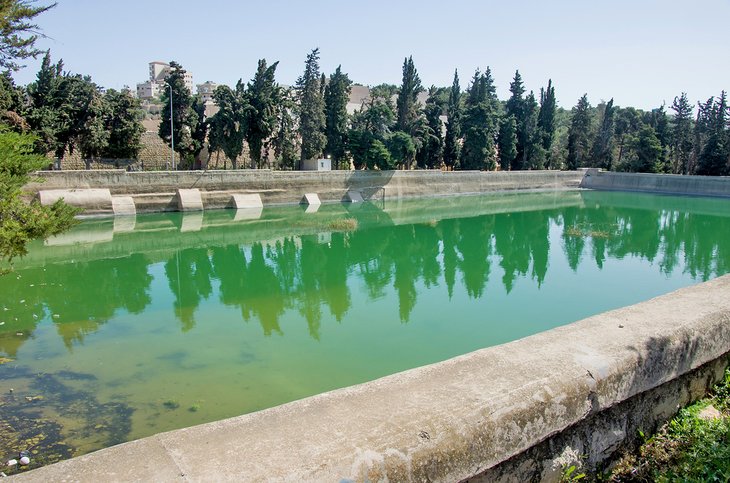
The road that runs to Hebron from Bethlehem passes three large open cisterns, on the left, known as Solomon's Pools. Built in ancient times, they were used to provide water for Jerusalem. A reliable tradition dates them to the reign of Solomon in the 10th century BC.
Location: southwest from Bethlehem
11 Hebron
Historic Hebron plays an important role in religious history for Jews, Muslims, and Christians alike. It's here that you find the Tomb of the Patriarchs (also known as the Ibrahimi Mosque to Muslims, and the Cave of Machpelah) where the Prophets Abraham, Isaac, and Jacob are buried. The skyline of town is dominated by this massive structure with its ancient walls built by Herod the Great and Islamic era battlements. Inside are the some of the most sacred shrines in the world. To the right as you enter, are the cenotaphs of Jacob and his wife Leah, while just to the rear are thecenotaphs of Abraham and Sarah. Beyond the forecourt is the mosque prayer hall with the richly-carved minbar set up by Saladin in 1191. In the prayer hall are the cenotaphs of Isaac and Rebecca. The right-hand part of the hall was assigned as a place of prayer for Jewish visitors in 1967. To enter, you must dress modestly and be prepared to go through heavy security.
After visiting the Tomb of the Patriarchs head to Hebron's vibrant outdoor market where you can pick up some gorgeous ceramics and glass work by this town's famed artisans. It's a bustling, colourful place packed with fresh produce and interesting objects. Hebron's Old City district is also a fascinating place for a wander with its cache of preserved Mameluke era buildings. Unfortunately, the Old City has been the center of much violence between Jewish settlers and Palestinians in the past, which is why the authorities have moved the market out of its original Old City location.
Location: south from Bethlehem
Other Notable Attractions
Rachel's Tomb
Fenced in by Israel's security wall, on the outskirts of town, is the tomb of Rachel (revered by Jews, Christians, and Muslims) who died giving birth to Benjamin. The present domed structure dates mainly from the 18th and 19th centuries, and the small vestibule contains a mihrab (Muslim prayer niche) built in 1841.
Al-Khader Church
The village of Khadr is home to a Greek Orthodox Church dedicated to St George (Al-Khadar in Arabic).
Location: 4 km from Bethlehem
Monastery of St. Elias
The Monastery of St. Elias (Elijah) was originally built in the 6th century, rebuilt by the Crusaders during the 11th century, and again by the Greek Orthodox in the 17th century. There are fine views over Bethlehem from here.
Location: 2 km north of Bethlehem
Artas
The little village of Artas is set in a lush green valley and is home to theHortus Conclusus Nunnery below the village.
Location: 7 km south of Bethlehem
History
Religious Accounts
In the Old Testament, Bethlehem is first mentioned in the account of the death of Rachel. On her way from Bethel to the south, she died in giving birth to her second son Benjamin and "was buried in the way to Ephrath, which is Bethlehem" (Genesis 35,19). Centuries later, the widowed Ruth returned from Moab with her mother-in-law, Naomi, to her home town of Bethlehem. She was gleaning in a field belonging to Boaz when he encountered her. He then married her and she bore his son Obed, "the father of Jesse, the father of David" (Ruth 4,17). It later appears again as the birthplace of Jesus Christ in the New Testament gospels: "Jesus, of the lineage of David, was born in Bethlehem, to which his parents had traveled from their home in Nazareth for a census in the reign of the Emperor Augustus" (Luke 2,1-7).
By around AD 200, the Grotto of the Nativity had become an established place of pilgrimage, and in AD 325, the Emperor Constantine built a church over the grotto (where a Roman temple built by Emperor Hadrian had stood since AD 100). The plan of this first church was reconstructed by R. W. Hamilton on the basis of contemporary descriptions and an excavation in 1934. A colonnaded atrium (under the present forecourt of the church) led into a five-aisled basilica with mosaic pavements and marble facing on the walls, from which three steps at the east end led into an octagon at a higher level. This stood immediately above the grotto, into which pilgrims could look down through an opening in the floor.
A few decades after the building of the church, in AD 386, St. Jerome, a native of Dalmatia, came to Bethlehem, settled in a cave adjoining the Grotto of the Nativity and composed his Latin translation of the Bible, the Vulgate. Thereafter, hosts of pilgrims traveled to Bethlehem from many lands, and Jerome recorded that "men sang God's praises in many different tongues". Constantine's church was destroyed in AD 529 by rebellious Samaritans. St. Sabas, who lived in his nearby monastery, traveled to Constantinople and sought the Emperor Justinian's support for the building of a new church. The Emperor's architect retained the original plan of a five-aisled nave but replaced the octagon by a trefoil sanctuary and omitted the atrium.
Miraculously, this church has survived to the present day. The Persians, advancing in AD 614 against Byzantium, spared it because they took the figures of the three kings from the East clad in Oriental garb in a relief over the entrance for fellow-countrymen. In the time of the Crusaders, who captured Bethlehem before taking Jerusalem, the Byzantine Emperor Manuel had the church thoroughly restored (1161-69). Previously, at Christmas 1100, Baldwin I had been crowned here as the first king of Jerusalem. In the 13th century, the Mamelukes also left the church unscathed, but thereafter it fell increasingly into disrepair.
In 1479, the roof had to be shored up, and from 1516 onwards, the Turks used the marble facing in their buildings on the Temple platform in Jerusalem. In 1670, however, the Greek Orthodox Church, with the permission of the Ottoman authorities, began work on the restoration of the church.
During the 18th and 19th centuries, there were frequently bitter and sometimes violent conflicts between Greek Orthodox, Catholic, and Armenian believers, which were further aggravated by the intervention of the protecting powers, Russia and France. The Sublime Porte sought to settle these conflicts by means of the law on property rights originally introduced in 1757 and renewed in 1852 - a law which has outlived the Ottoman Empire and remains in force to this day.
12345677777
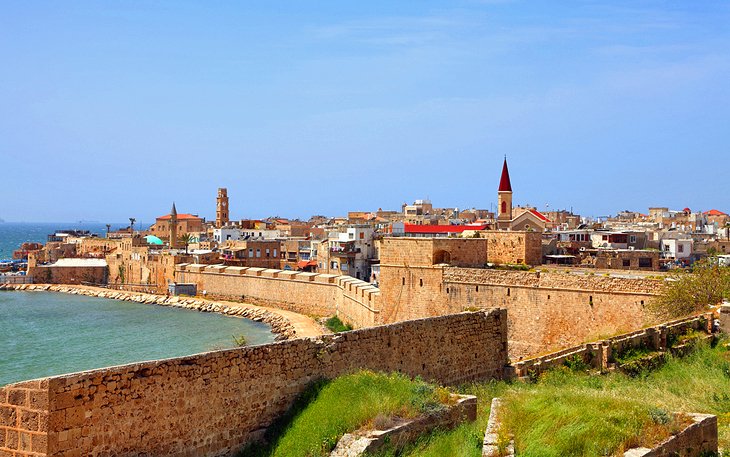
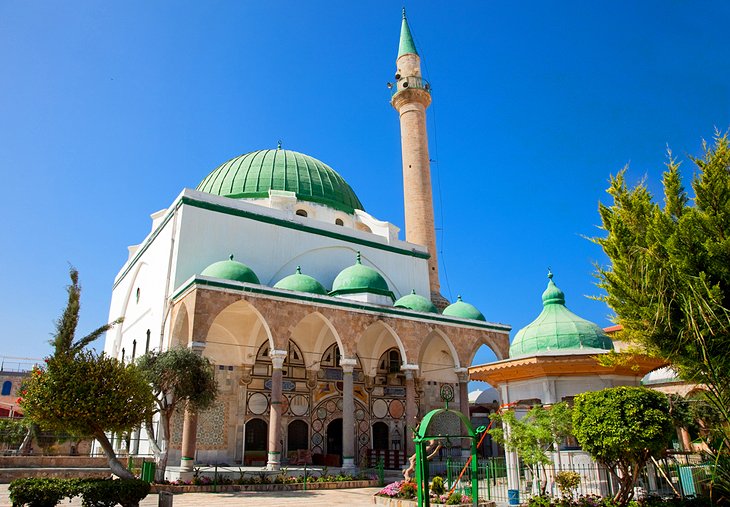
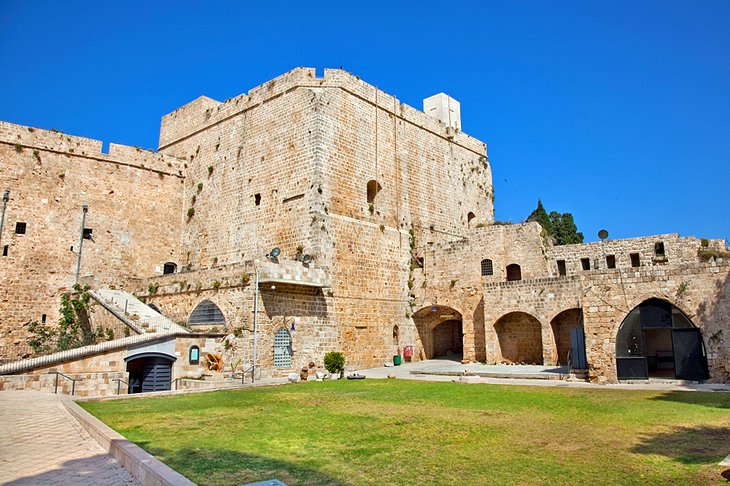
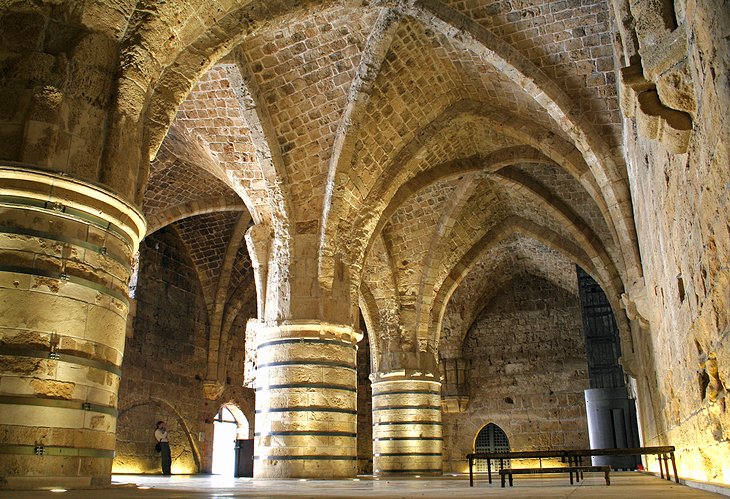
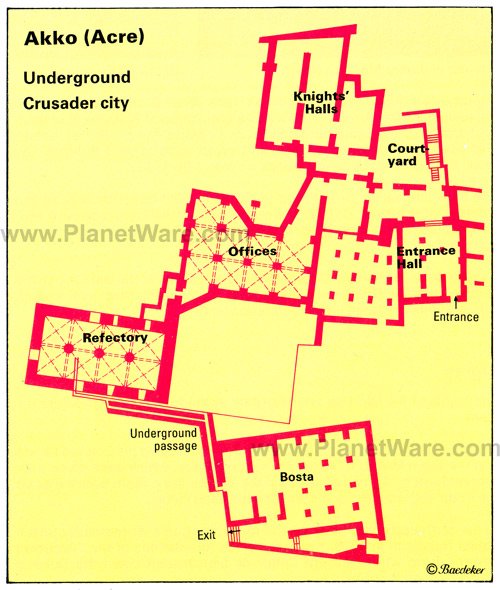
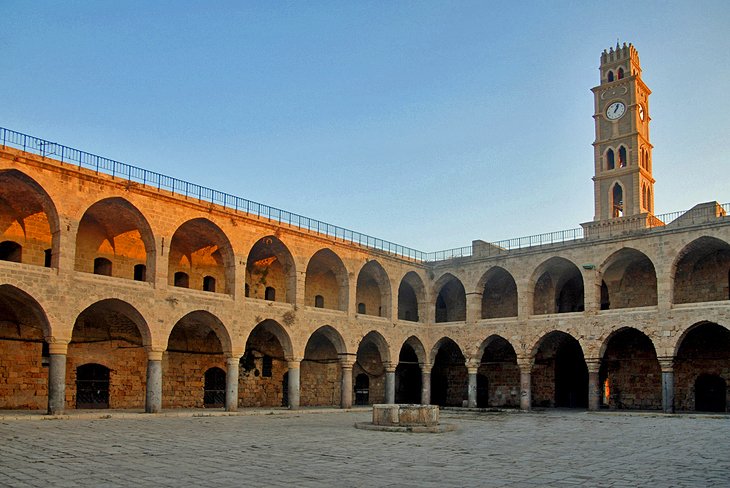
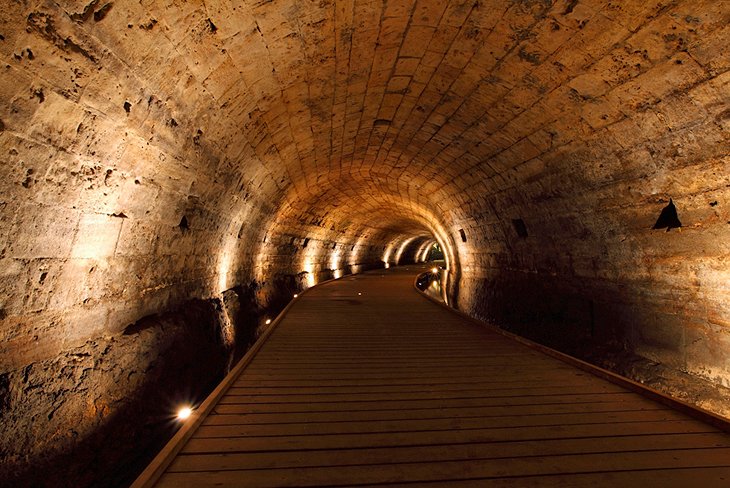
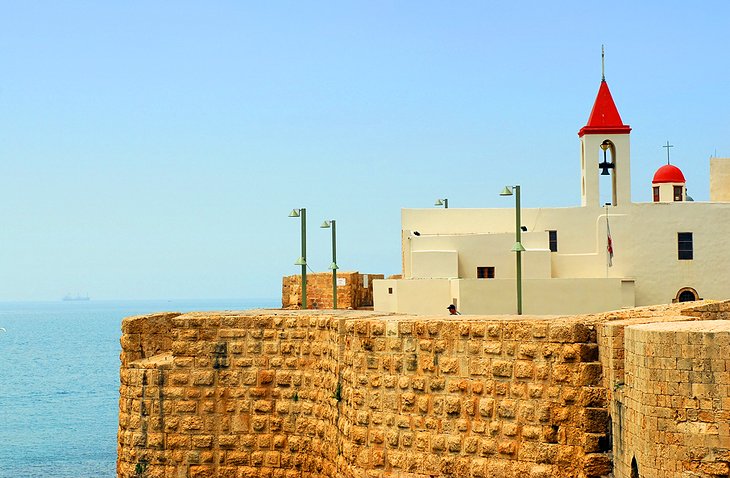

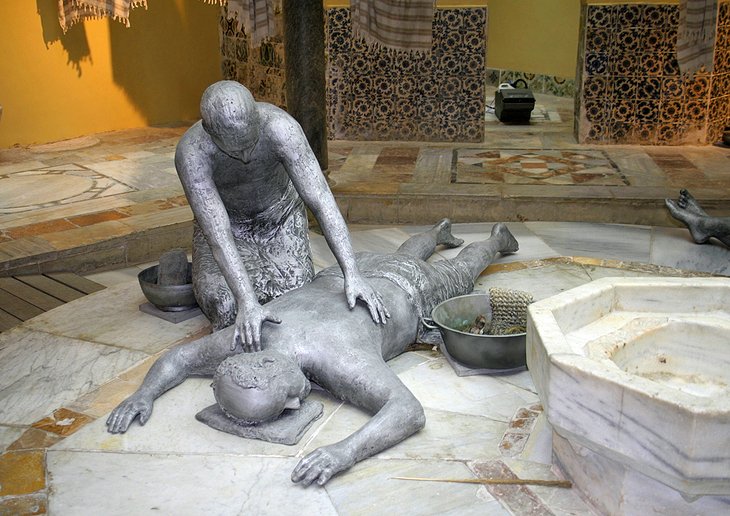
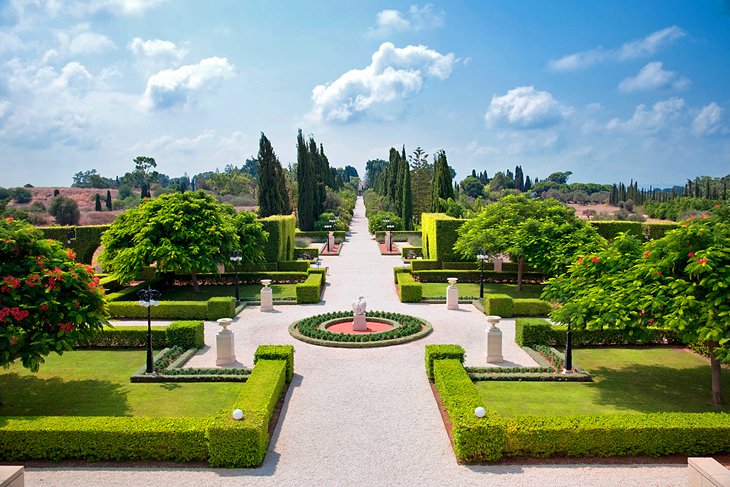
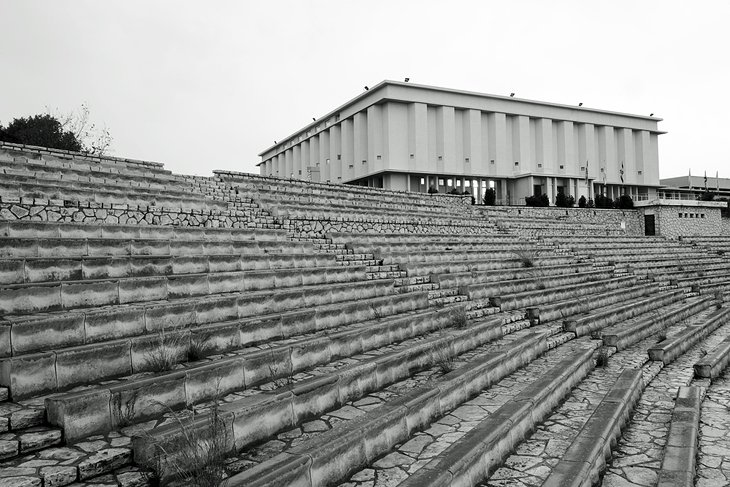

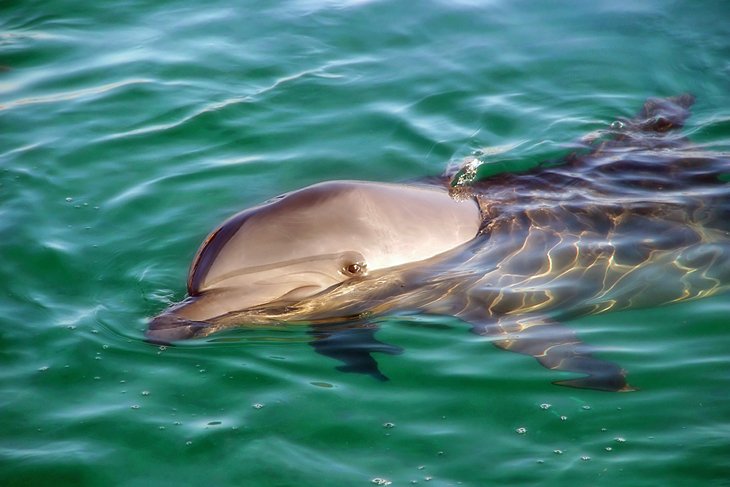
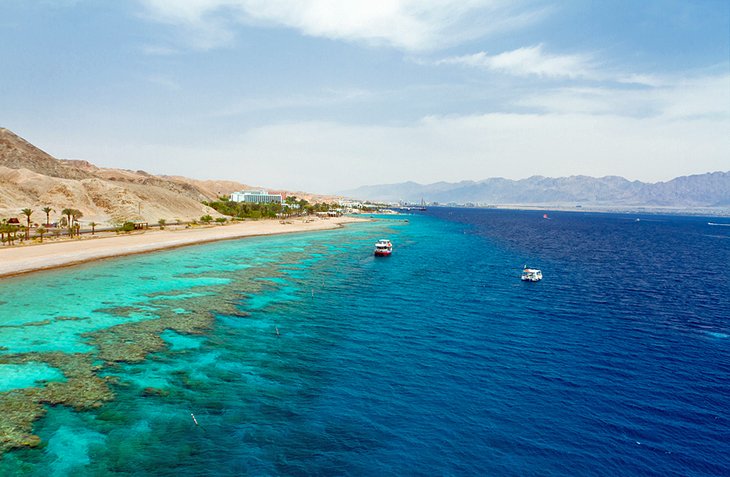
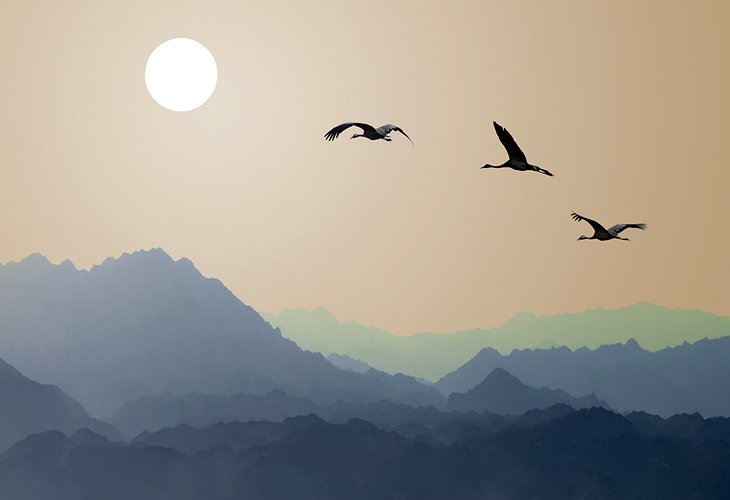
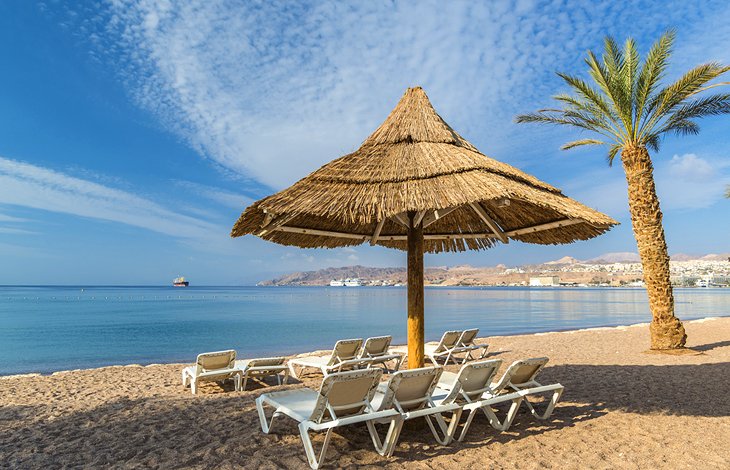
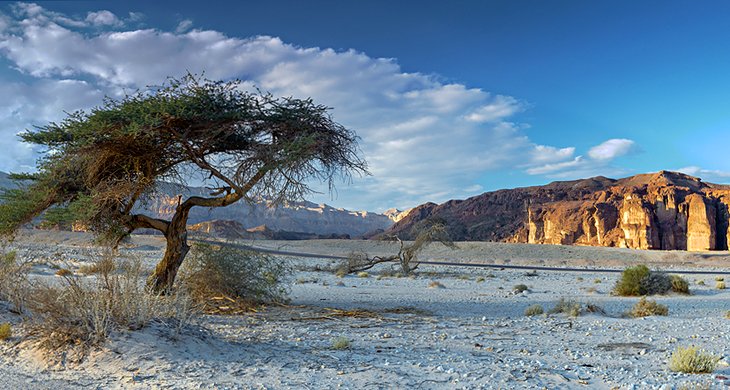
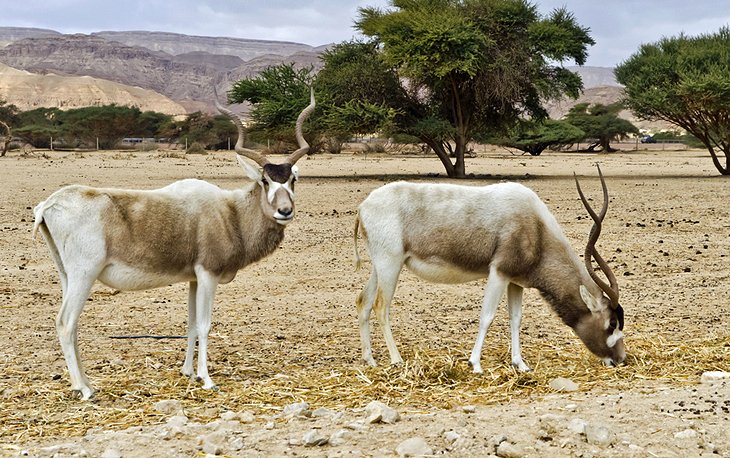
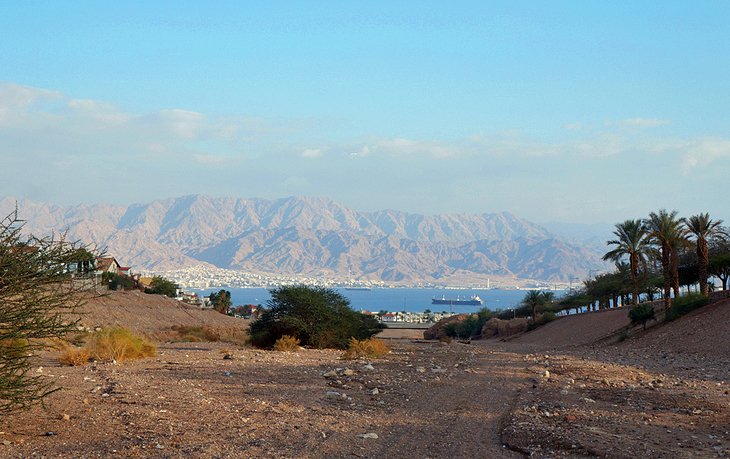
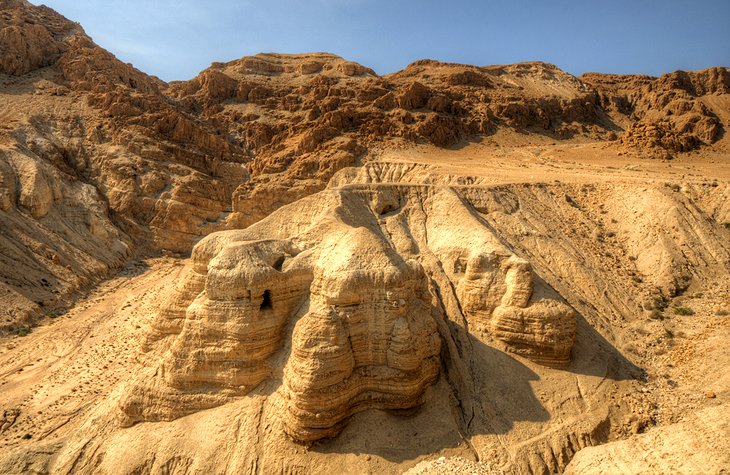
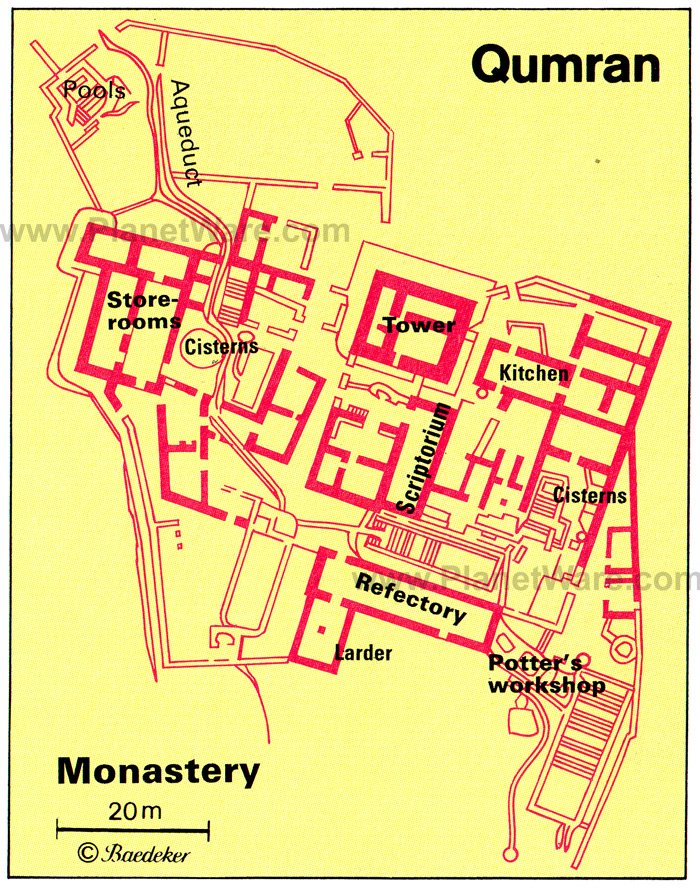
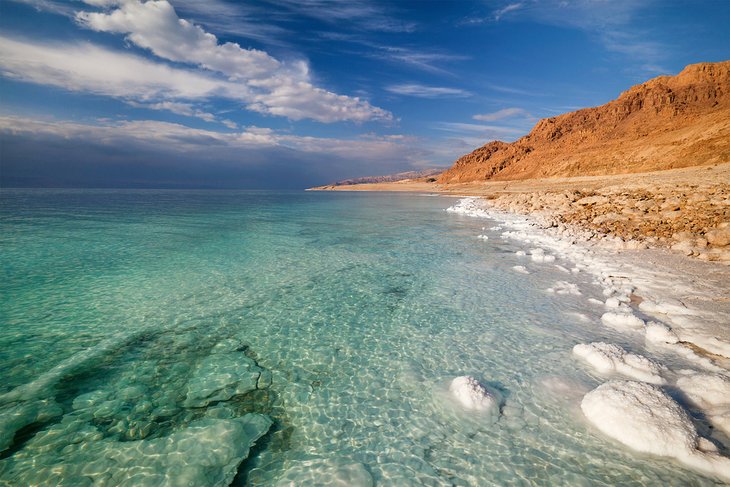
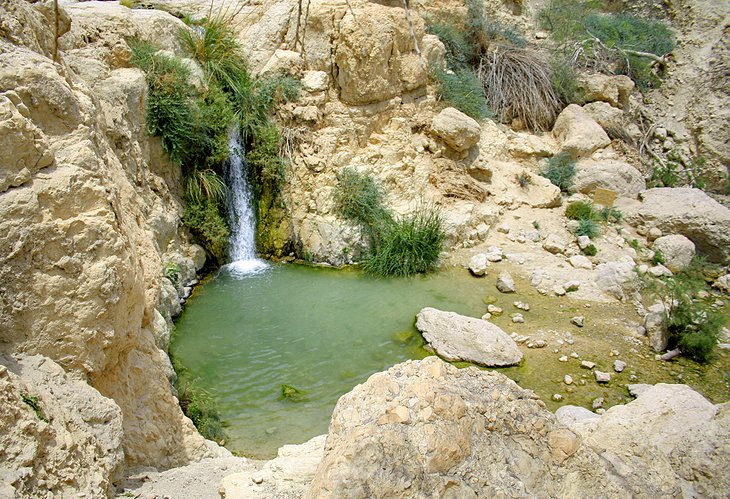
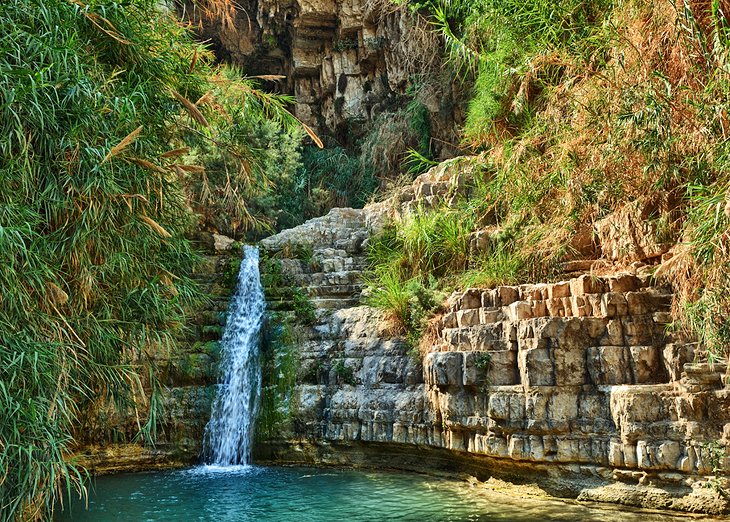
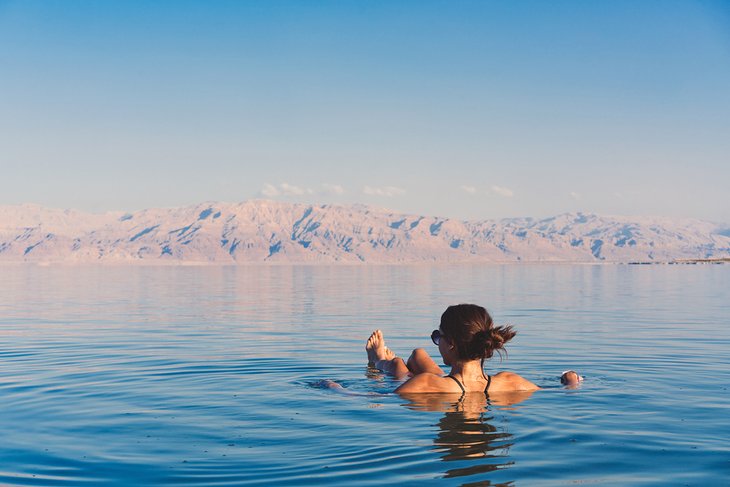
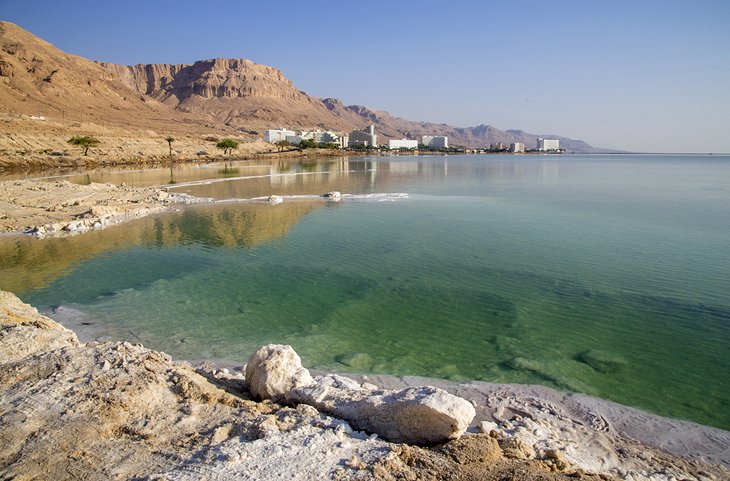
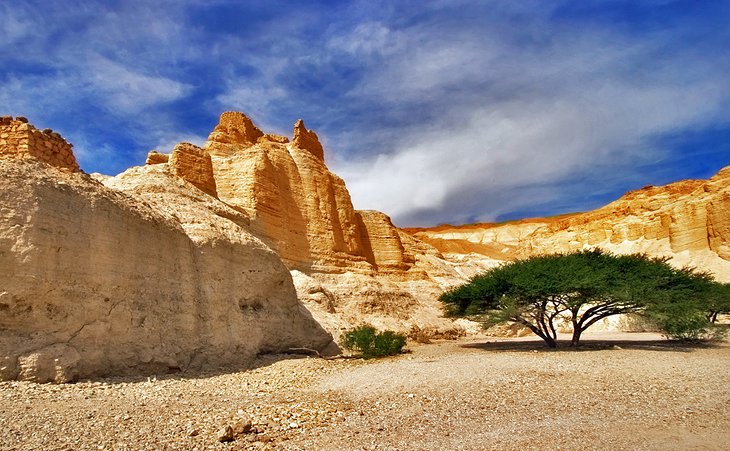
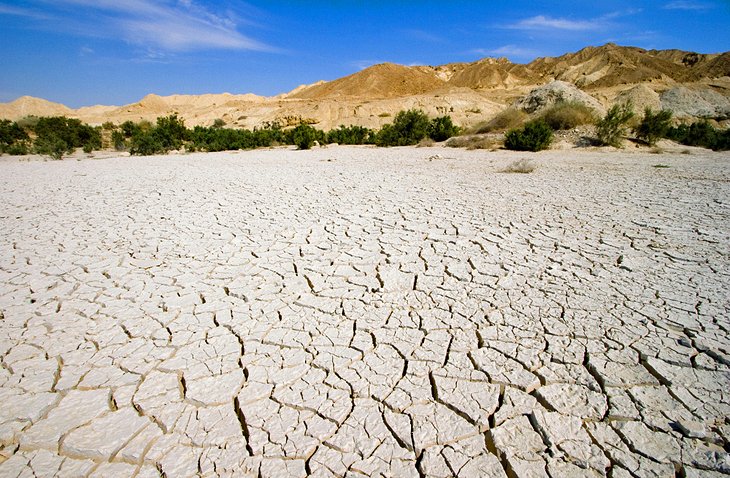
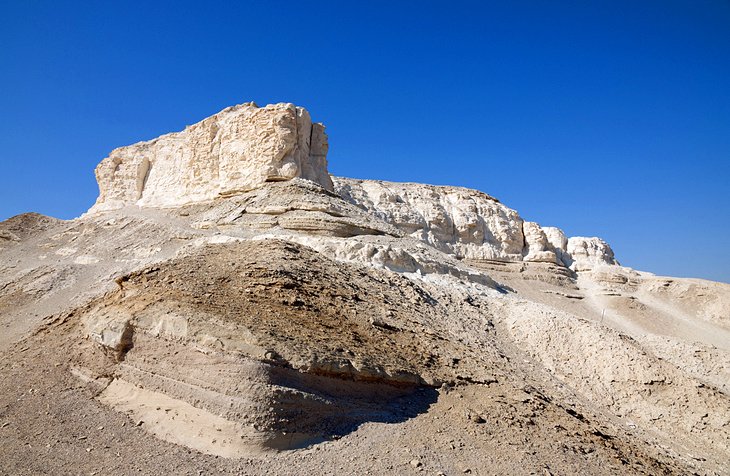
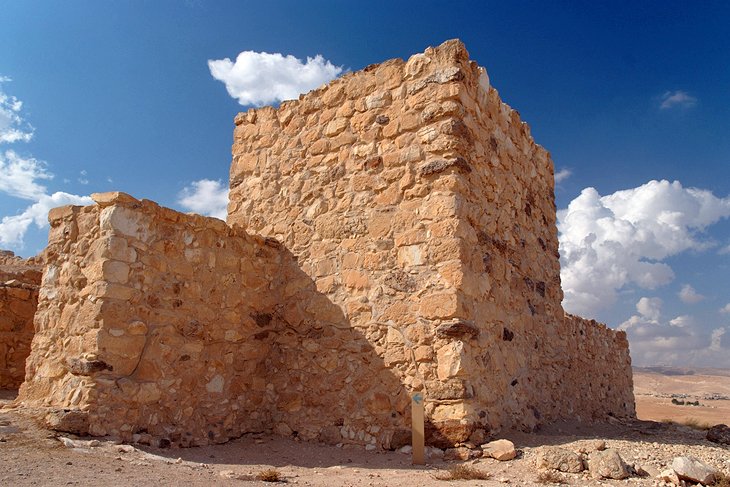
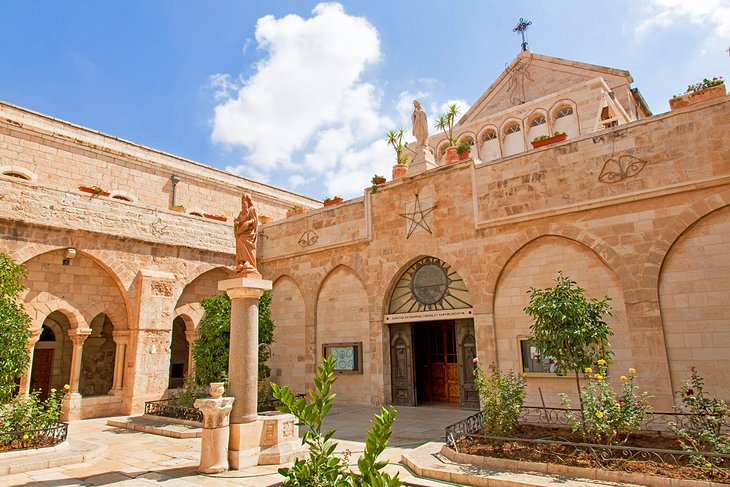
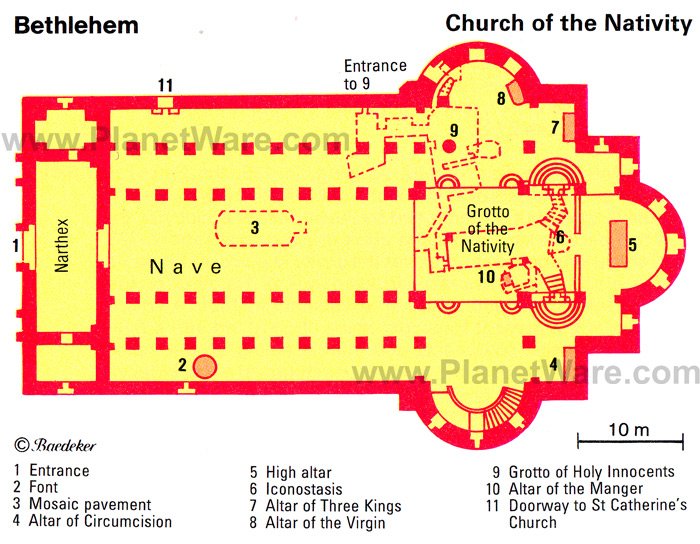
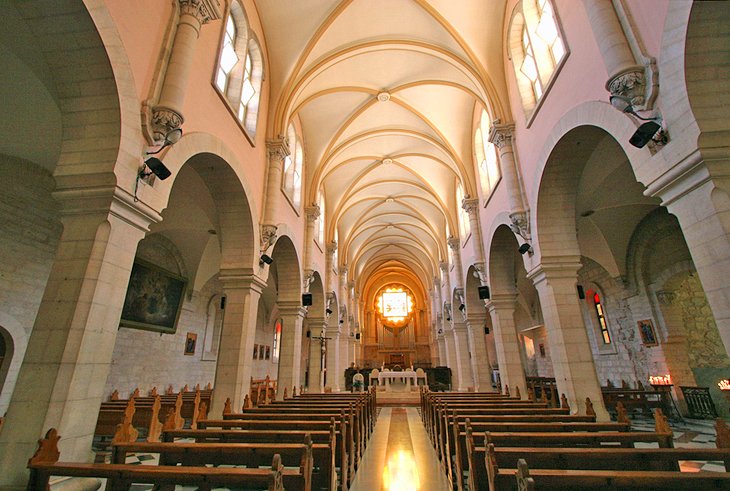
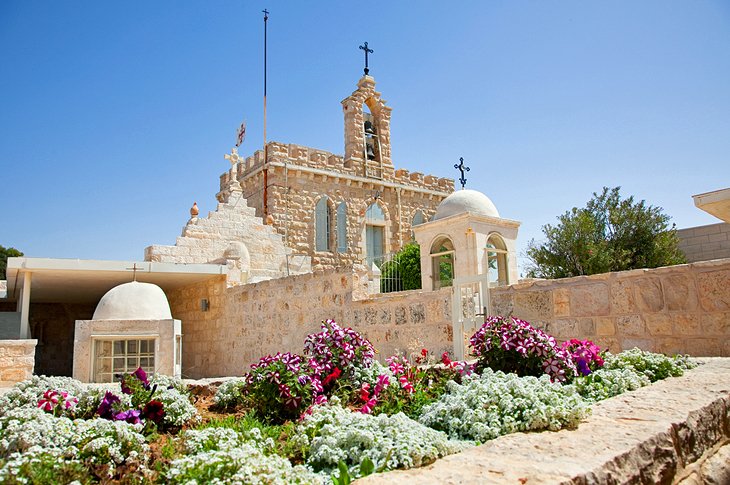
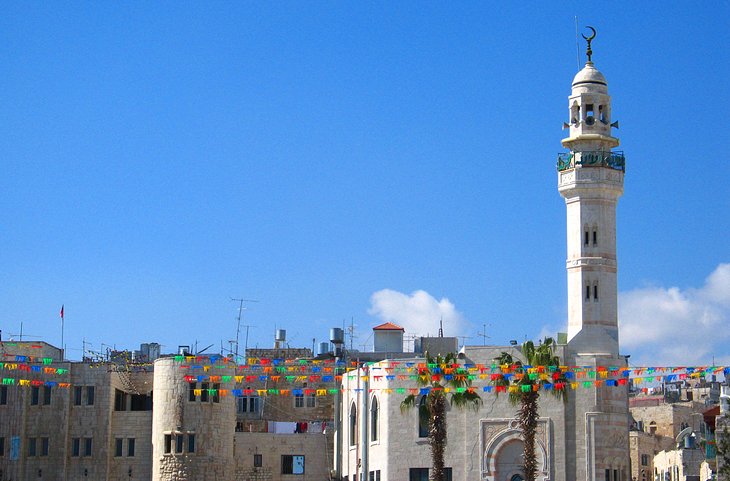
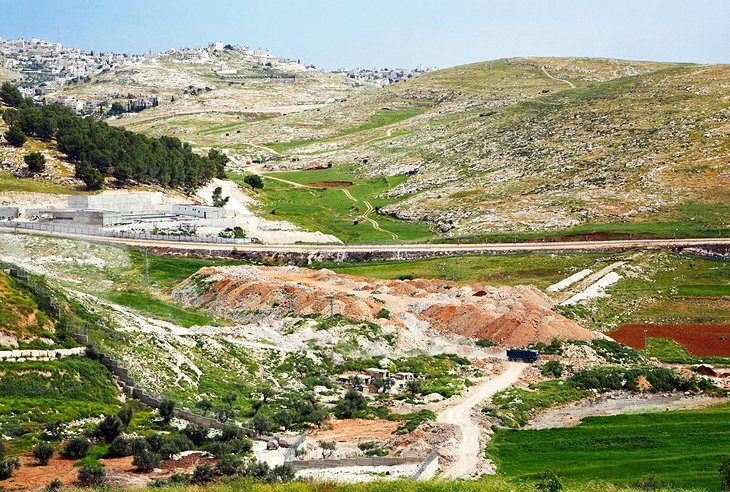
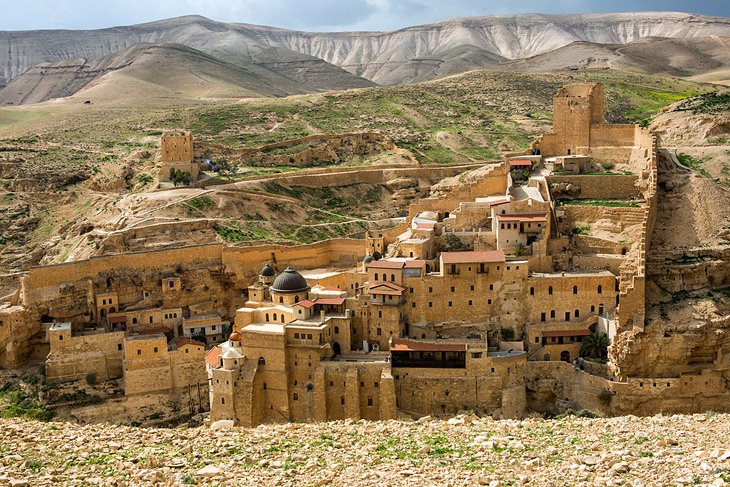
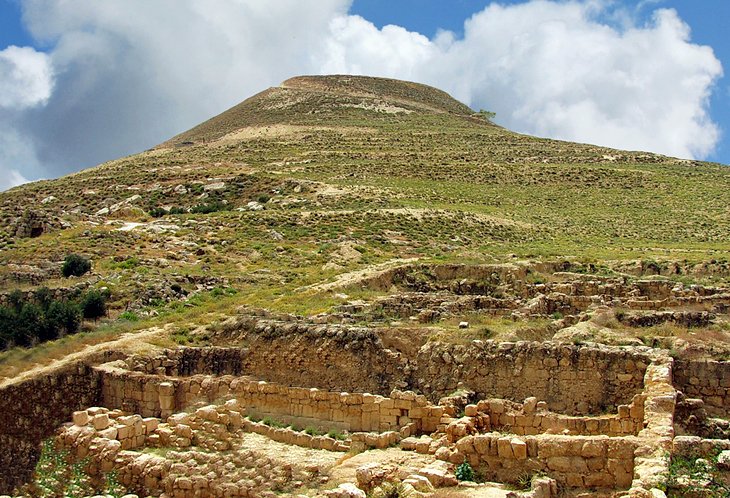
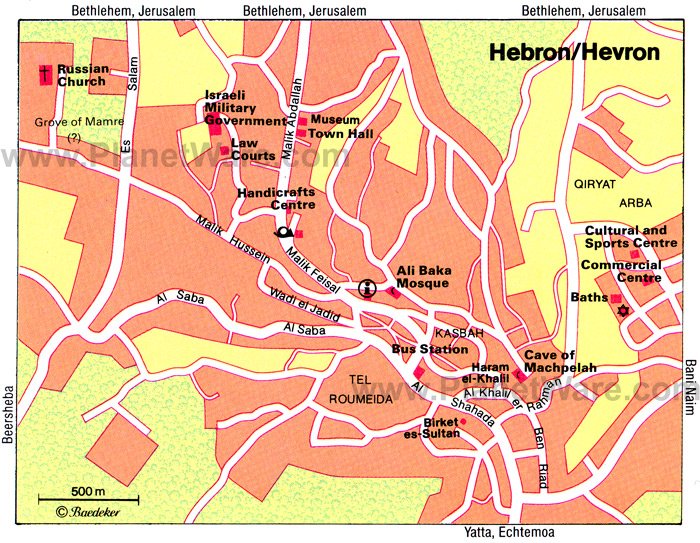
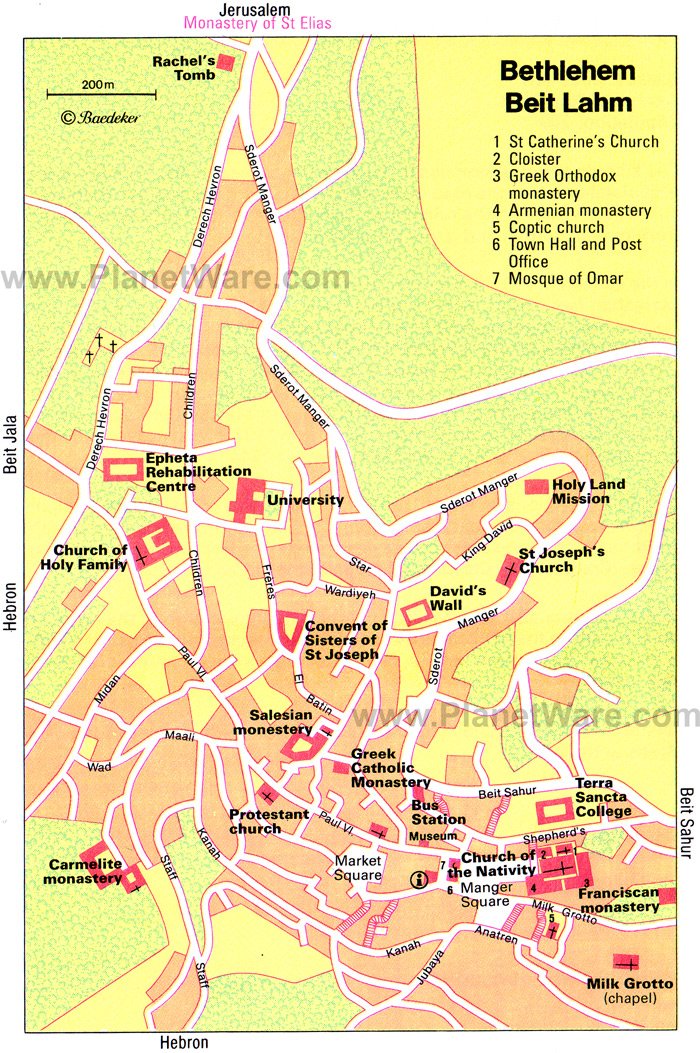
No comments:
Post a Comment